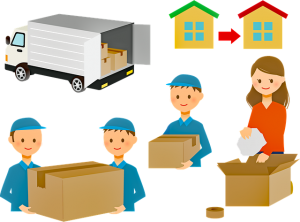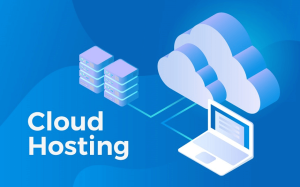Choosing the Right Tech Stack for Your SaaS Startup

In the fast-paced world of technology, where innovation is the key to success, choosing the right tech stack is a critical decision for SaaS startups. The technology stack, comprising programming languages, frameworks, databases, and infrastructure, lays the foundation for the development of your software as a service. In this article, we will explore the factors to consider and the best practices in selecting the optimal tech stack for your SaaS startup.
Understanding Your SaaS Requirements
Before delving into the plethora of technology options available, it is crucial to have a deep understanding of your SaaS application’s requirements. Consider factors such as the nature of your product, scalability needs, performance expectations, security requirements, and the skill set of your development team.
So, understanding your SaaS requirements is the foundational step toward building a successful product, and when it comes to hiring skilled SaaS developers who can navigate the complexities of your chosen tech stack, visit https://lemon.io/hire-saas-developers/.
Nature of Your Product
Identify whether your SaaS product is content-centric, transactional, analytical, or a combination of these. Different types of applications have distinct technical requirements.
Scalability Needs
Anticipate the potential growth of your user base. A scalable tech stack is essential to accommodate increased demand without compromising performance.
Performance Expectations
Determine the level of performance your SaaS application requires. This includes factors like response time, latency, and the ability to handle concurrent users.
Security Requirements
Assess the sensitivity of the data you’ll be handling. Implementing robust security measures is paramount, especially if your SaaS application deals with sensitive user information.
Development Team’s Skill Set
Evaluate the expertise of your development team. Choosing technologies they are familiar with can significantly accelerate the development process.
Key Components of a Tech Stack
Now that you understand your SaaS requirements, let’s explore the key components of a tech stack and considerations for each:
Programming Language
Choose a language that aligns with your development goals. Python, JavaScript (Node.js), Ruby, and Java are popular choices for their versatility and extensive community support.
Frameworks:
Frameworks streamline development by providing pre-built modules and tools. For web development, consider frameworks like Django (Python), Ruby on Rails (Ruby), Laravel (PHP), or Express.js (Node.js).
Database
The type of data your SaaS application handles determines the database choice. For relational databases, PostgreSQL and MySQL are popular, while MongoDB and Cassandra are preferred for NoSQL databases.
Frontend Technologies
Choose a frontend framework that suits your application’s complexity. React, Angular, and Vue.js are leading choices for building dynamic and responsive user interfaces.
Infrastructure and Hosting
Consider cloud services such as AWS, Azure, or Google Cloud for scalable and cost-effective infrastructure. Docker and Kubernetes can enhance containerization and orchestration.
Best Practices in Tech Stack Selection
Flexibility and Scalability
Opt for technologies that allow flexibility in scaling. Cloud-based solutions provide scalability without the need for heavy upfront investments.
Community Support
Choose technologies with active and vibrant communities. A robust community ensures ongoing support, updates, and a wealth of resources for problem-solving.
Integration Capabilities
Ensure that your tech stack facilitates easy integration with other tools and services. API-first approaches enhance interoperability.
Security Measures
Prioritize security at every level of your tech stack. Regularly update dependencies, employ encryption practices, and conduct thorough security audits.
Cost Considerations
Evaluate the total cost of ownership, including licensing fees, infrastructure costs, and ongoing maintenance. Choose a tech stack that aligns with your budget constraints.
Case Studies and Examples
To better illustrate the impact of tech stack decisions, let’s look at a couple of case studies:
Slack
Slack, a widely-used team collaboration tool, relies on a tech stack comprising Node.js for the backend, React for the frontend, and a combination of PostgreSQL and Redis for data storage. This tech stack enables real-time communication and seamless user experience.
Salesforce
Salesforce, a customer relationship management (CRM) platform, utilizes a diverse tech stack with Java for backend services, Apex (a proprietary language) for customization, and a combination of Oracle and MongoDB for data management. This comprehensive tech stack supports the complex functionalities of the platform.
Conclusion
Choosing the right tech stack for your SaaS startup is a pivotal decision that can significantly impact your development process, user experience, and overall success. By carefully aligning your technology choices with your application’s requirements and considering scalability, security, and flexibility, you set the stage for a robust and future-proof SaaS solution. Keep in mind that technology is ever-evolving, so stay abreast of emerging trends and continuously evaluate and update your tech stack to stay competitive in the dynamic landscape of SaaS development.






